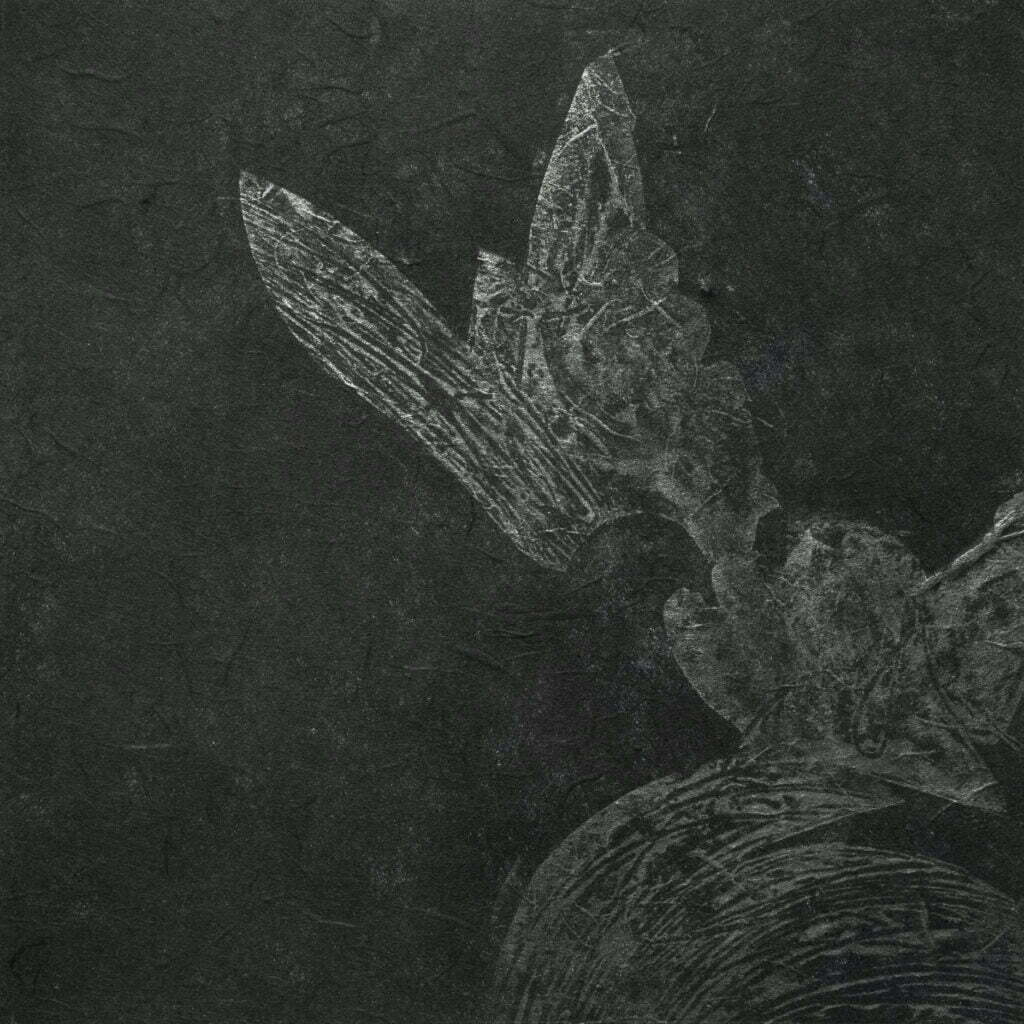ÈKSTASIS
Ekstasis‘s cycle of artworks explores the amplitude of vision, in a tension between the subtraction of the gaze, its addition and multiplication. Angels, choirs and heavenly realms are presented in an informal and abstract approach, closer to sound. David, who has been trained in decades of performances within various Early Music ensembles, seems to trace in the melos the possibility of a revelation that has a privileged dimension in the ear and not in the gaze. It would be appropriate to talk about vibrations instead of forms. Ecstasy is not a topos of separation, so much so that its “ascending” dimension has its roots in the magnificence of the natural world and follows worldly practices such as dancing or singing. In the music of Hildegard von Bingen, for example, there is no negation of the earth, but a conjunction between upper and lower floors. Similarly, David places an earthy, almost monochromatic materiality in the celestial ecstasies, using graphite on Japanese cotton paper as a mineral medium to create a harmonic and mystical formalization of something that remains mysterious and invisible, and at the same time powerful, intimate and real.
Notes:
Graphite frottage on Japanese paper, 2012, 70×50 cm and 50×50 cm
Il ciclo di opere Èkstasis esplora la dimensione della visione, in una tensione fra la sottrazione dello sguardo, la sua addizione e moltiplicazione. Angeli, cori e regni celesti sono presentati secondo un approccio informale e astratto, più vicino al suono. L’artista che si è formato in decenni di esecuzioni all’interno di vari ensemble di Early Music, sembra rintracciare nel melos la possibilità di una rivelazione che ha nell’ascolto e non nello sguardo una dimensione privilegiata, tanto più che di forme sarebbe opportuno parlare di vibrazioni. L’estasi non è un topos della separazione, tanto che la sua dimensione “ascendente” affonda le sue radici nella magnificenza del mondo naturale e segue a pratiche mondane quali il ballo o il canto. Nelle composizioni musicali di Hildegard von Bingen, ad esempio, non vi è una negazione della terra, ma si manifesta una coniunctio tra piani superiori e inferiori. Analogamente l’artista pone nelle estasi celesti una matericità terrosa, quasi monocroma, usando la grafite (su carta di cotone giapponese) come medium minerale per realizzare una formalizzazione “armonica e mistica” di qualcosa che rimane misterioso e non visibile, ma comunque potente, intimo e reale. AK
Note:
Ekstasis, 2012, Serie di frottage di grafite su carta giapponese, 2012, cm 70×50 e 50×50


